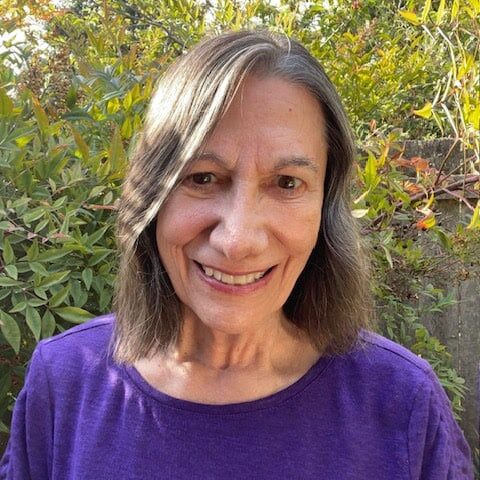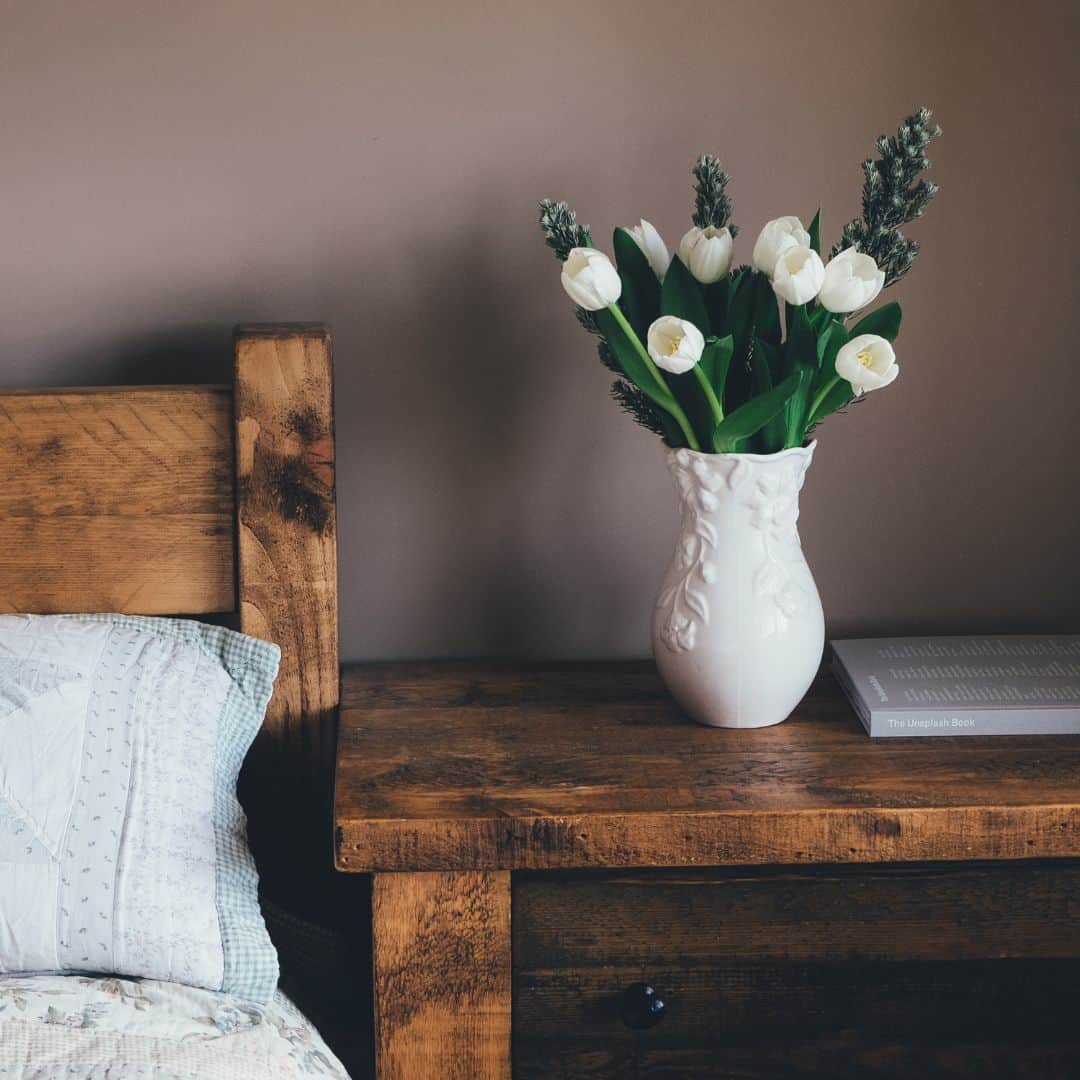In pre-civil war days dying happened at home. It was a community event involving family, neighbors, children, and pets. The church bells in the town would ring announcing the death. In today’s American culture death occurs in hospitals, hospice, nursing homes, and long-term care. Most individuals, when asked, would prefer to die at home. The good news is home deaths are increasing by 29%, hospice has some responsibility for the increase since most hospice care takes place in the home.
Creating the Environment for the Dying
Whether in a hospital or in a home or other environment the person dying, and their family can have input on what they want in a room during the last days. If in a hospital setting families have requested that all medical equipment and supplies be removed from the room. They then request to have some familiar items brought from home such as family photographs, a favorite blanket, a quilt, and plants.
In a home clear all clutter from the room and create a setting of peace and quiet. Open blinds if the dying loves nature and sunlight. Drawings from children and grandchildren may be comforting to the dying, anything that brings joy in their life can be added to the environment. The position of the bed may be important, in some cultures and religions it is placed facing a certain direction. If the bed is placed in a living room, ask if they want it placed in a position where they can see outside or family activities. Are there favorite pieces of art, music, incense, or essential oils? Do they want an altar with spiritual or religious objects placed upon it? Would they want their favorite poetry read? Ideally, this planning is done ahead while your loved one can participate and make their needs known.
Entering the Space of the Environment
Whether the person dying is still aware or unresponsive, entering the environment in a mindful approach helps protect this sacred space. One family placed a chair outside the room of their loved one. They encouraged people to take a moment and sit thinking of positive thoughts they wanted to share before entering. Taking off your shoes before entering the room may signify this is a special space you are entering. Placing a box outside of the room with note papers that individuals can write their favorite memories of the dying person and later have them read by friends and family at the bedside.
My mother died in a free-standing hospice in Oregon. She was placed in a single nice-sized room with a big picture window overlooking trees and plants, flowers on the bedside table, and a beautiful golden retriever roamed the hallways peeking in the rooms. I walked in one morning and saw the sun streaming in covering her bed like diffused light from a prism. She was unresponsive but looked peaceful. As I took this moment in, the silence washed over me in this sacred space and I thought, may you be peaceful and at ease, may you be safe and free from fear.

Colleen J. Hewes
DC, MSN, RN
End of Life Doula and Conscious Dying Educator
Colleen has spent over 40 years in health care as a Registered Nurse, teaching at universities, colleges, and working in a variety of settings. She received her Certification as an End-of-Life-Doula and Conscious Dying Educator from the Conscious Dying Institute of Boulder Colorado. Her goal is to reduce fear by providing guidance and information on death and dying to the public. She believes in empowering people in making end of life choices while embracing each precious moment we have on earth.
